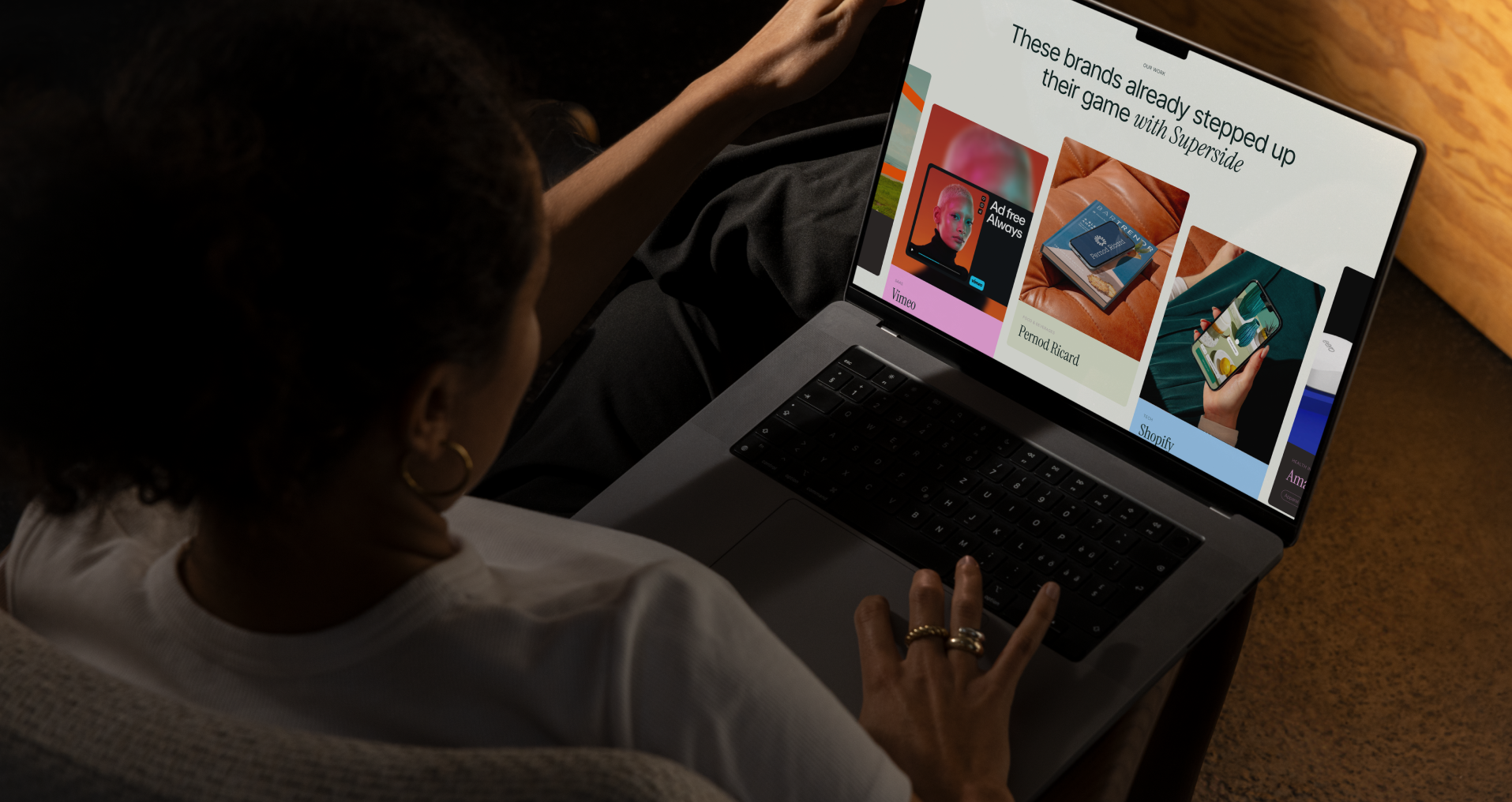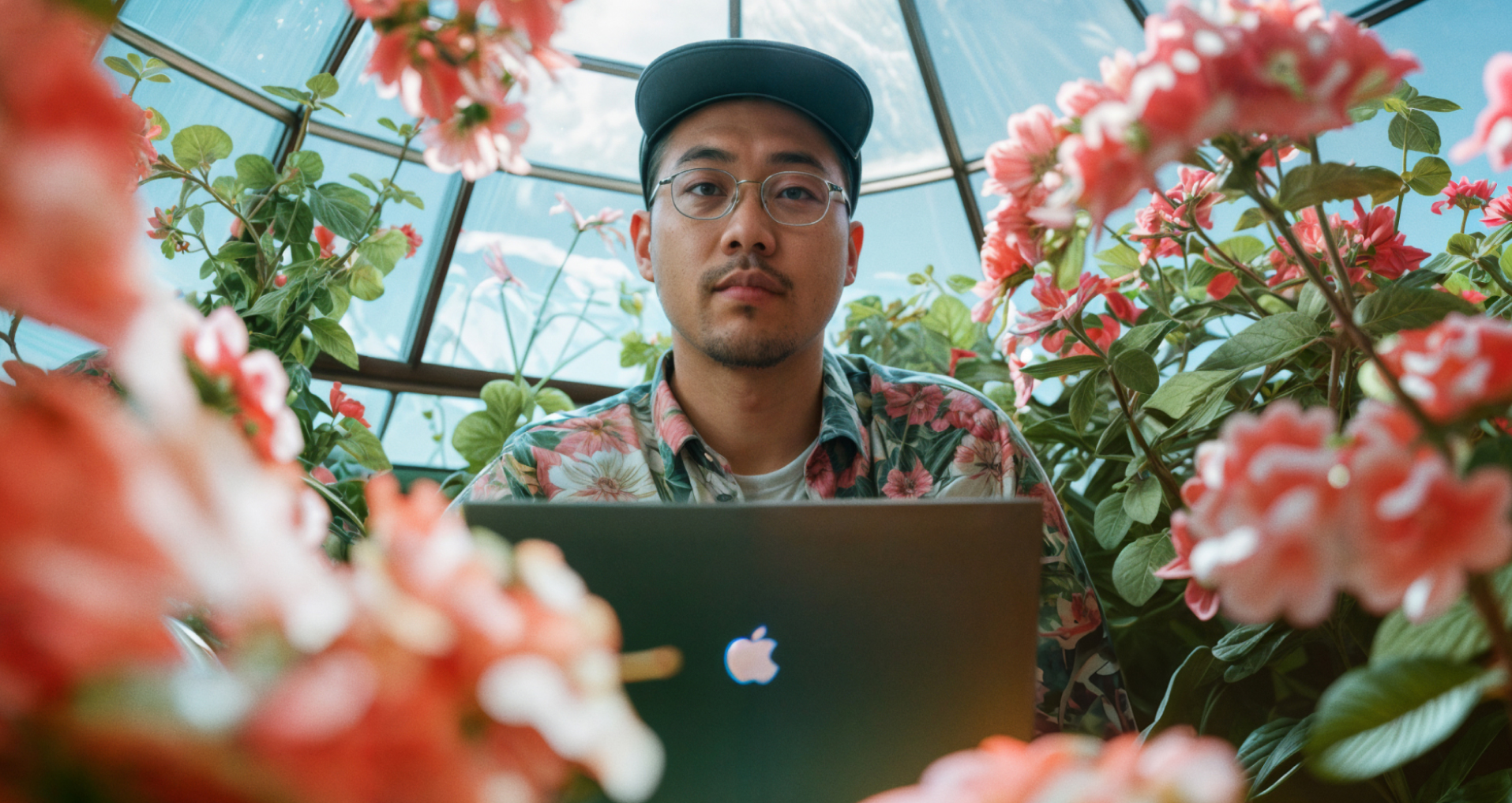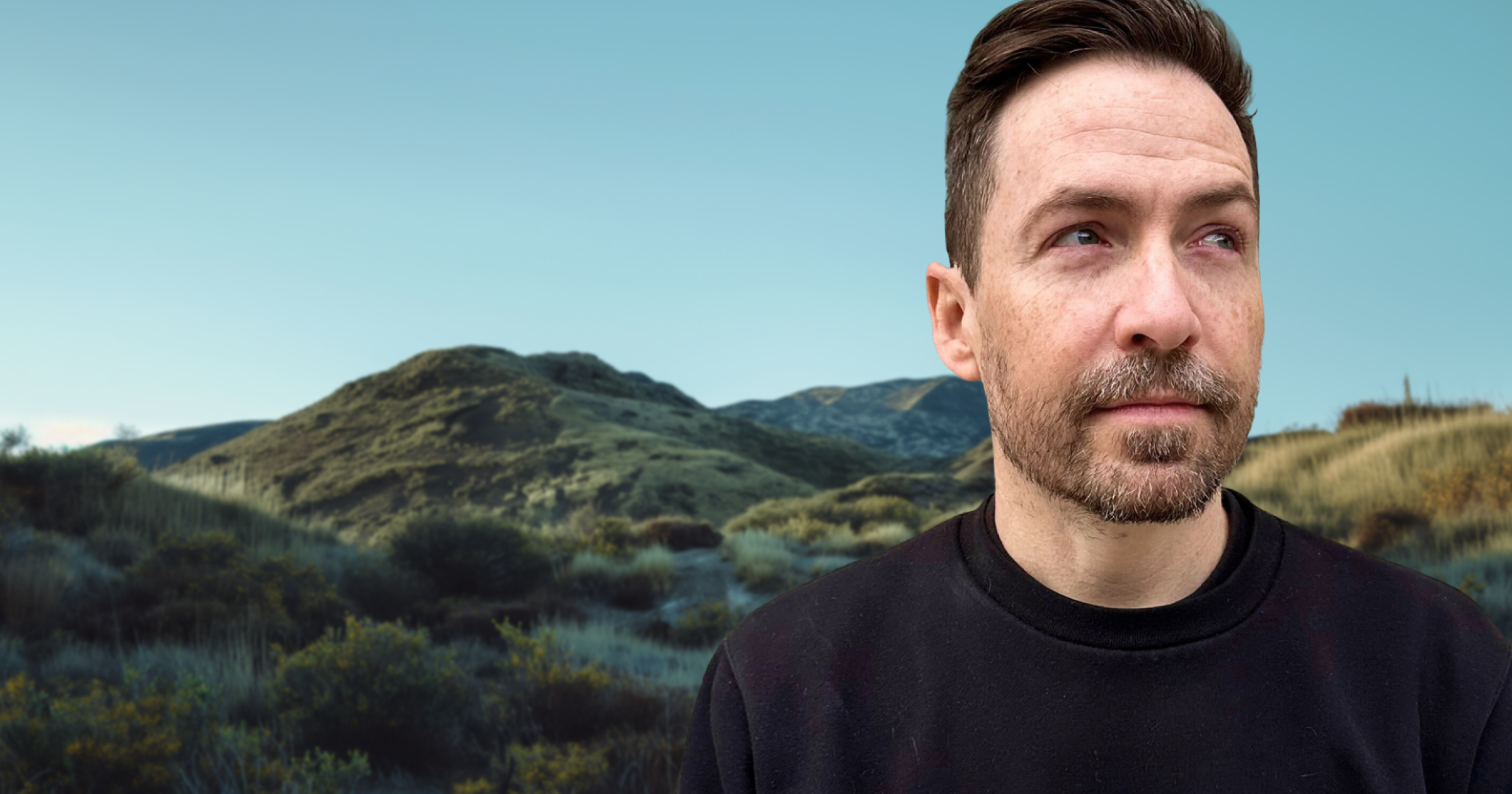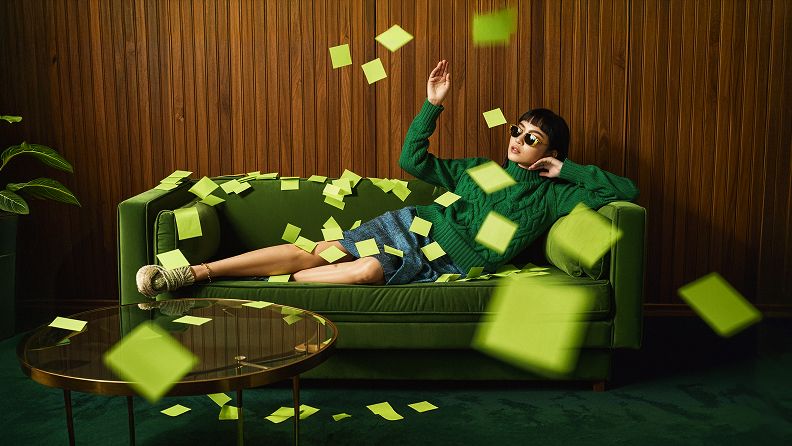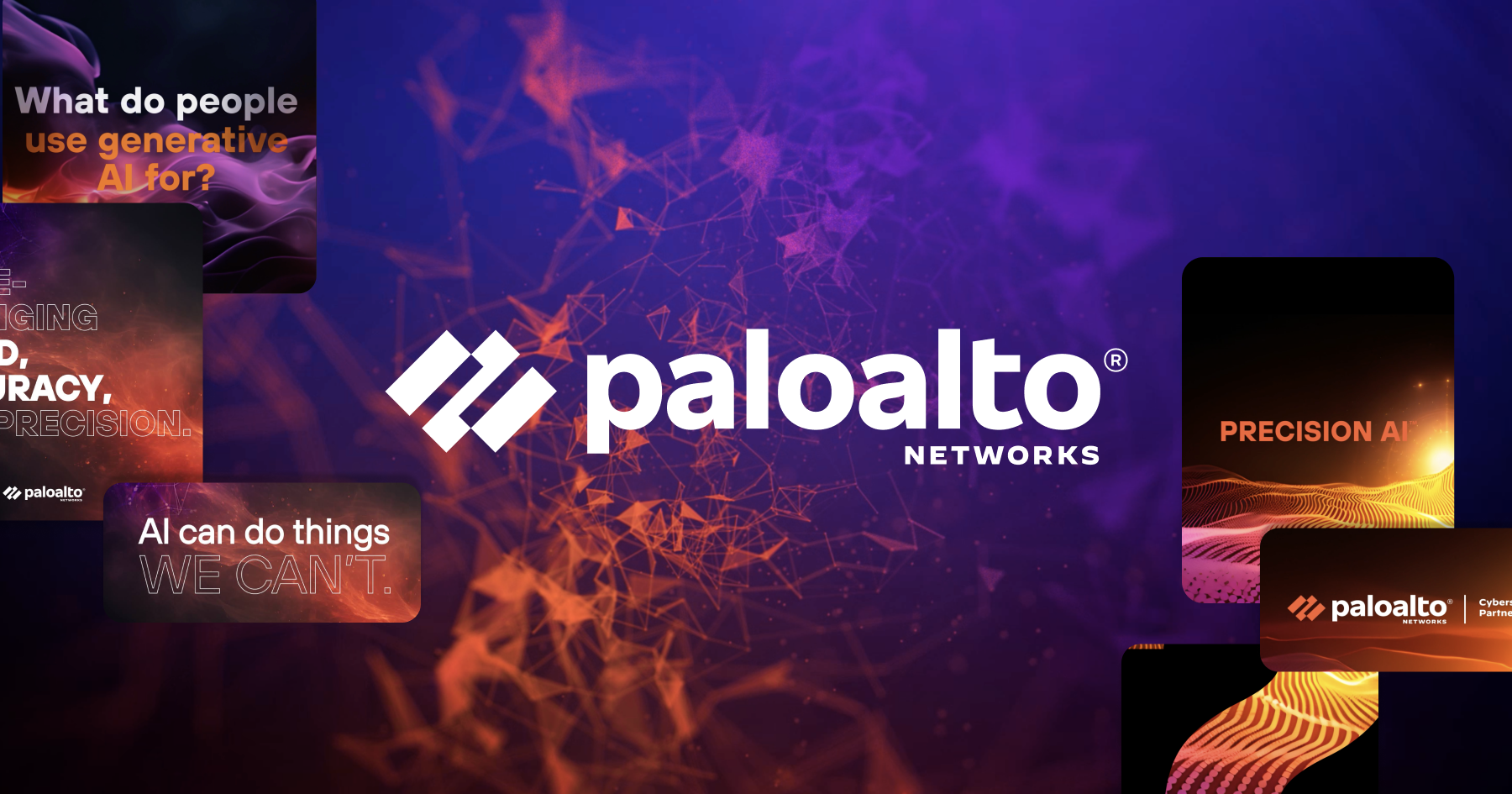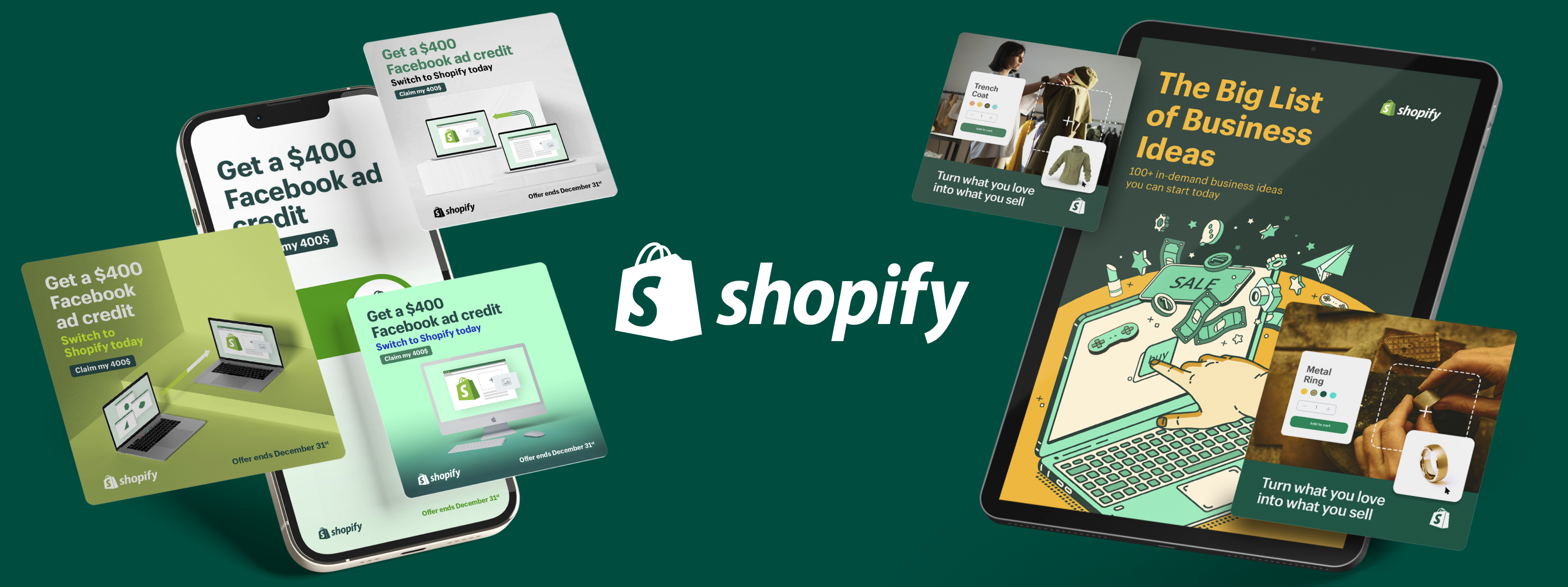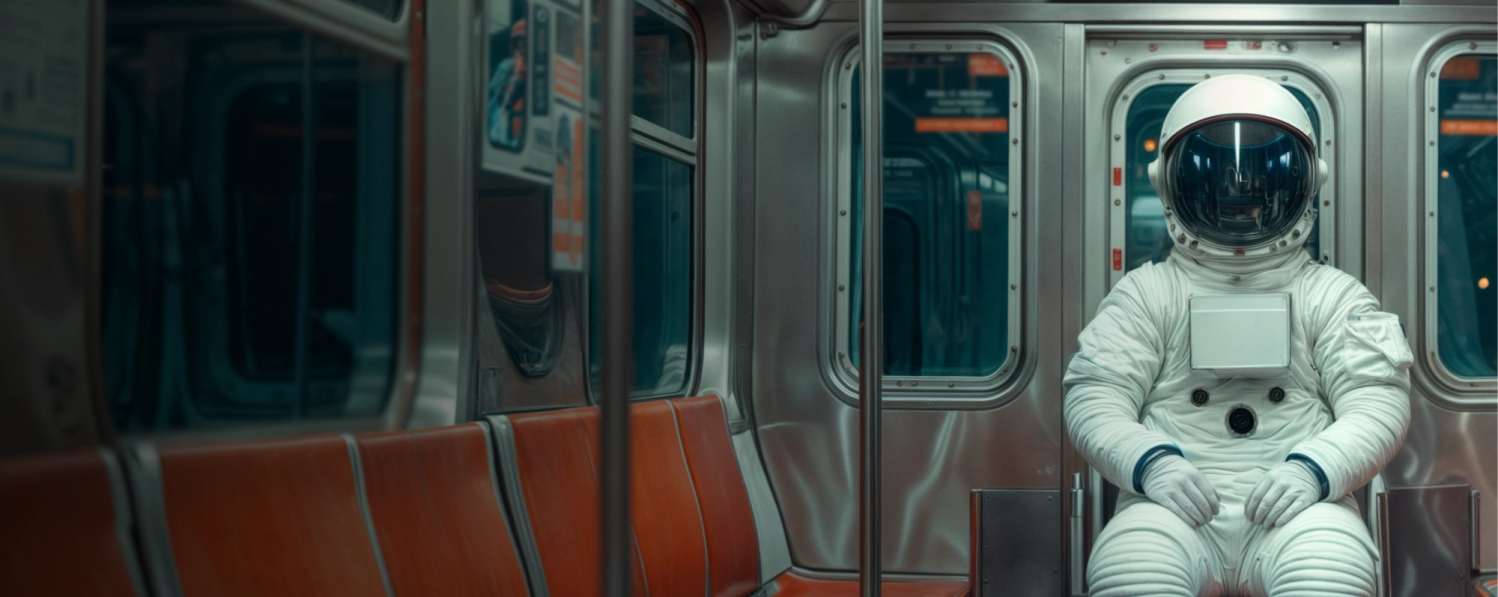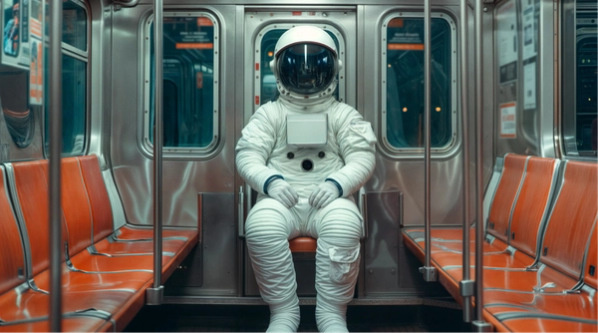How to Foster a Positive Working Relationship With Your Design Partner


Like any relationship, the connection you foster with your design partner requires careful nurturing right from the get-go. It all starts with knowing yourself and your partner, prioritizing open communication and setting clear expectations. Learn how to lay these foundations and establish a solid base for success.
Working with a design partner isn’t a one-way conversation.
You’re bringing them into your business and trusting them to deliver creative assets on time, on budget and, most critically, on brand. To help make this happen, your design partner must understand your brand and design requirements.
So, what’s the secret to setting yourselves up for success?
The answer is fostering a positive working relationship with your design partner. I say “fostering” instead of “creating” because this isn't a set-it-and-forget-it step.
Like any relationship, the one you cultivate with your design partner takes work. It takes understanding. Most importantly, it takes great communication on both sides.
3 Ways to Foster a Great Working Relationship With Your Design Partner
I put on my self-help guru hat to guide you through three ways you can foster a positive working relationship with your design partner.
1. Understand Yourself and Your Design Partner
Before you can start building your dream working relationship, you first need to understand your design requirements. Having a solid idea of the work you need helps you with more than finding the right creative agency. It’s also a guide to understanding which teams or team members in your organization will need to work with your design partner.
The saying “you never have a second chance to make a first impression” applies to both you and your design partner. Use your first call or meeting to share your work culture, desired communication style and approach to problem-solving. Have your design partner share theirs, and see where you might need to make adjustments to align expectations and work more effectively together.
- Find common ground. Share your company culture and values with your design partner and ask about theirs. Look for commonalities and talk about how you can use these shared values to support a strong working relationship.
- Share your expectations. Let your design partner know your expectations at the start. Use status meetings to make adjustments to the relationship if something isn’t working right for you.
- Think outside your box. Sometimes, your design partner will do things differently than your team—and that’s okay. Working with a design partner is a chance to see how another team functions and find a new process or trick to bring into your organization. Consider it the art of compromise.
2. Make Communication a Priority
The cornerstone of every great relationship is transparent and open communication. None of us are mind readers. We need to share our needs and expectations and listen to the needs and expectations of our partners.
By communicating, you're doing more than sharing information. You're building trust and understanding.
This ensures everyone is on the same page and can make all the difference so your creative assets are delivered right the first time. Whether you work with a traditional creative agency or a Creative-as-a-Service (CaaS) platform like Superside, make great communication the foundation of your working relationship.
- Set the tone. Use your first meeting to set your expectations on how and when communication will happen. If you prefer weekly check-ins over email, let your design partner know.
- Be honest. Encourage open and honest communication by creating a safe space where both parties can express their ideas, concerns and feedback without fear of judgment or criticism.
- Keep them up to date. Business moves at light speed. Make sure you share any changes to project scope, timelines or even business changes that could impact the work they’re doing for you.
- Address issues when they happen. No working relationship is 100% perfect. Deal with any issues or conflicts when they happen. Do it openly, listen to each other's perspectives and find a solution that works for you and your design partner.
3. Set Your Work Expectations
From meeting deadlines to providing updates, you have work ethic expectations for your team. Promoting a positive working relationship with your design partner means sharing those expectations, so they can deliver great work in the way you need it delivered. It also helps you inspire and motivate your team and your design partner to do their best work.
Work ethics go beyond just meeting deadlines. They also involve the quality of work, the effort put into the project and the integrity and professionalism of your design partner.
- Lay the ground rules. Discuss your expectations at the start of your working relationship. Be clear about your deadlines, the frequency of updates you expect and how you would like to receive and give feedback.
- Use meetings to build trust. Schedule regular meetings with your design partner to discuss project status, questions and potential roadblocks. Use the time to ask open-ended questions, encouraging them to share more about their company culture and work processes.
- Celebrate wins together. You’re a team. Celebrate like one. Recognize your design partner's efforts and achievements. It can help motivate them to do even better on the next project.
- Keep sharing. Reviews aren’t just for projects. Build a partner relationship review into your schedule. In this sesion, you can identify what's working and what's not and find ways to improve the collaboration.
Build a Working Relationship That Lasts
Swiping right on a design partner is the first step in building a working relationship.
But fostering a long-term, positive relationship is a little more complex. It involves understanding your design requirements, communication expectations and work styles. There's always a risk of unrequited love. However, if you uphold your values, chances are your design partner will too.
And there's a lot to be said about being friends. 😉
Alex is a freelance writer and newsletter aficionado based in Waterloo, Ontario. When he’s not writing for clients, he’s putting together TL;WR, a weekly culture and events newsletter his mom says is excellent. Alex has worked with some of Canada’s largest tech companies in PR, marketing and communication roles. Connect with him on LinkedIn to chat or get ideas on what to do this weekend in Waterloo.
You may also like these

Enterprise Graphic Design RFP Best Practices (Checklist Included)
For enterprise and mid-market businesses looking to enhance their creative capabilities and scale overall capacity, issuing graphic design RFPs are an essential part of the formalized procurement process for agencies, contractors and other external partners.RFPs create a structured, transparent framework for assessing and comparing service proposals from different outsourced creative partners.As an internal stakeholder, your opening role is to lay out your creative needs and timelines, communicating efficiently to prospective partners exactly what you’re looking for in a business relationship.In turn, these prospective creative service partners are asked to put their best feet forward demonstrating why their capabilities, capacity, skills, tools and scale are the best fit.On average, respondents spend around 30 hours of writing time developing their proposals. While it varies, you can expect to put just as much time into writing your RFP, evaluating the responses, communicating with procurement and selecting the winner of your work and budget.
8 Creative Agency RFP Templates for Enterprise Teams
Creative agency requests for proposals (RFPs) are conversation starters—incredibly important icebreakers.Mid-market and enterprise teams issuing the requests are introducing their brands, key business challenges and expectations of their creative service partners. Conversely, prospective partners use this information to pull together their responses.It’s a high-stakes, high-effort process for everyone. Communication breakdowns mean neither side gets what they need. More than ⅓ of brands get incomplete or inaccurate responses to their creative service RFPs.
Speed vs. Efficiency: Why Creative Teams Need Both
You have a great (and time-sensitive) idea but no way to execute it. Quelle nightmare.When Superside asked Enterprise marketers and creatives about their most pressing enterprise design challenges, 25% said “speed and efficiency.” Why? Because in-house teams are overwhelmed and overscheduled. Hiring takes time and doesn't solve every problem. Outsourcing to agencies often means longer lead times, while freelancers can work quickly but aren't always available. The laundry list goes on... But, what if you could brighten your whites, remove even the toughest stains and easily rinse and repeat, getting quality creative quickly and efficiently?First, let’s cover a crucial difference between the meanings of “speed” and “efficiency.” Then we’ll show you how Superside helped boost productivity at IPG, National Gas and Synthego (and many others).
